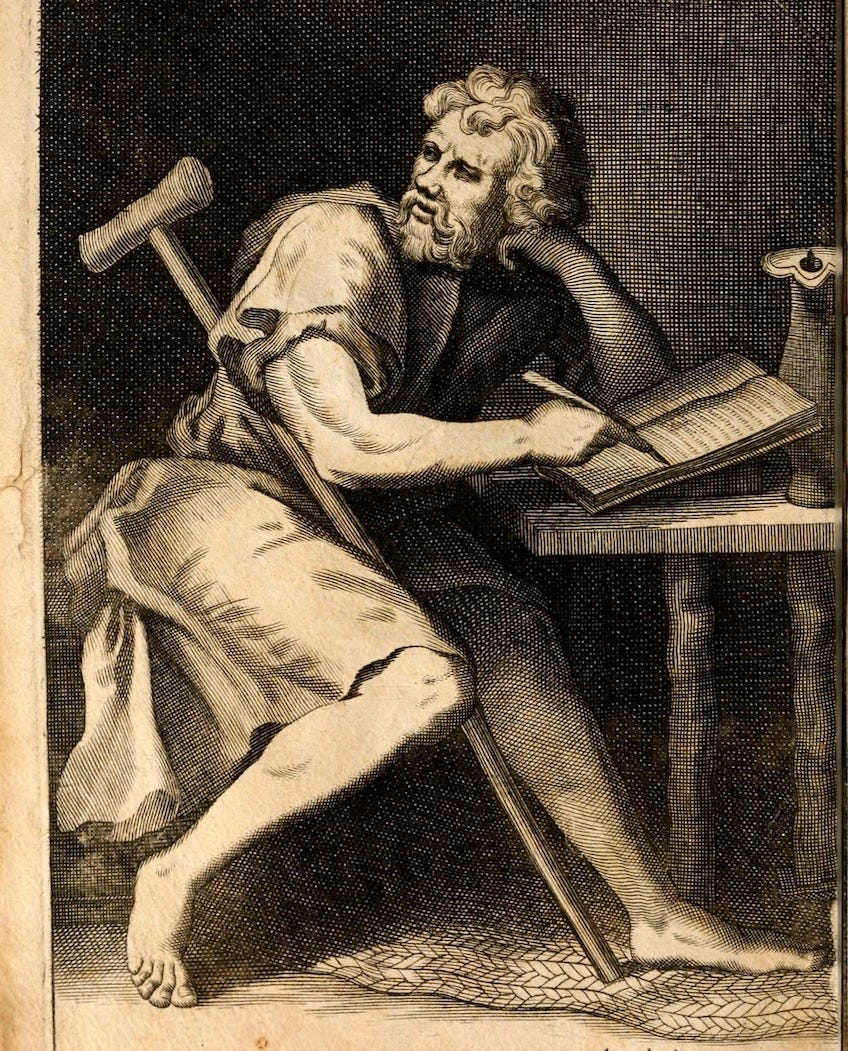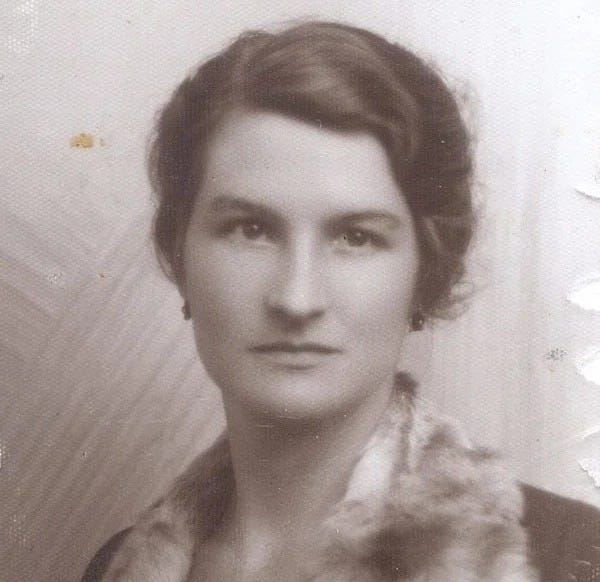A TIP O' THE CAP
Do people still tip caps? We hope they do.
As we wrap up September, which is Pain Awareness Month, we tip our caps to some inspiring people who used their obstacles as a way to navigate a whole new life. Here is our personal Mount Rushmore–a Mount Duffmore, if you will–of four brilliant, inspiring souls who lived in chronic pain and left a lasting impression on our world.

Epictetus: We don’t know the real name of this ancient philosopher. He was enslaved by a secretary to the notorious Roman Emperor Nero, and the word “epictetus” simply means “acquired.” It’s possible Epictetus himself adopted the name as a bit of sardonic humor; we just don’t know. He’s always depicted with a crutch because he walked with a limp. The story goes that his sadistic master tortured Epictetus and broke his leg, which left him lame and in chronic pain. After the assault, Epictetus remarked, “It broke as I told you it would.” His ability to accept with equanimity what he could not change is at the heart of Stoic philosophy.

Frida Kahlo: The legendary Mexican painter contracted polio at age six, which caused her right leg to become shorter and weaker. At age eighteen, she was in a catastrophic bus accident, which caused injuries that left her with lifelong chronic pain. In her artwork, Kahlo used her relentless pain as a theme and source of expression and inspiration. Kahlo set up a mirror and easel over her bed so she could paint, and turned images of her body casts into masterpieces and her infirmity into art. She also painted lots of monkeys, and who doesn’t love a monkey?

Virginia Hall: The most highly decorated female civilian during WWII. While working a pre-war clerk for the U.S. diplomatic service, she lost her left leg in a hunting accident—she literally shot herself in the foot—and was fitted with a wooden leg. She applied to be a foreign service officer, but was refused because of a rule that prohibited anyone with a disability from serving. This decision was appealed to President Franklin D. Roosevelt, whose bout with polio had left him in a wheelchair, but to no avail. When World War II broke out, Hall joined the Special Operations Executive, the British counterpart to the Office of Strategic Services–in other words, she was a spy. The Nazi Gestapo considered her the most dangerous Allied spy, and named her “Artemis,” after the goddess of the hunt. She helped hundreds of Allied officers escape captivity, and escaped the Nazis herself by fleeing on foot (singular) from France to Spain over the treacherous, snowy mountain passes of the Pyrenees in the dead of winter. Hall navigated past her disability as well as the Nazi regime, and she is honored at the CIA Museum in Langley, VA—which, sadly, is not open to the public.
Michael J. Fox: The actor and activist was diagnosed with Parkinson’s disease at the height of his career. He has become an engine of determination and has raised over two billion dollars for Parkinson’s research. In a recent interview, he said “I’m not going to lie to you, it gets harder. Every day it gets tougher.” He also reminds us that “with gratitude, optimism is sustainable.”
I’m on the board of the U.S. Pain Foundation, which does incredible work for the 55.6 million Americans who live with chronic pain. I’m a huge fan of this organization, and I was long before I joined the board. U.S. Pain supports people living with pain and their caregivers. Their mission is to offer “validation, information, support, and above all--hope.” You can learn more at their website, and support them if you’re moved to–I certainly do!




